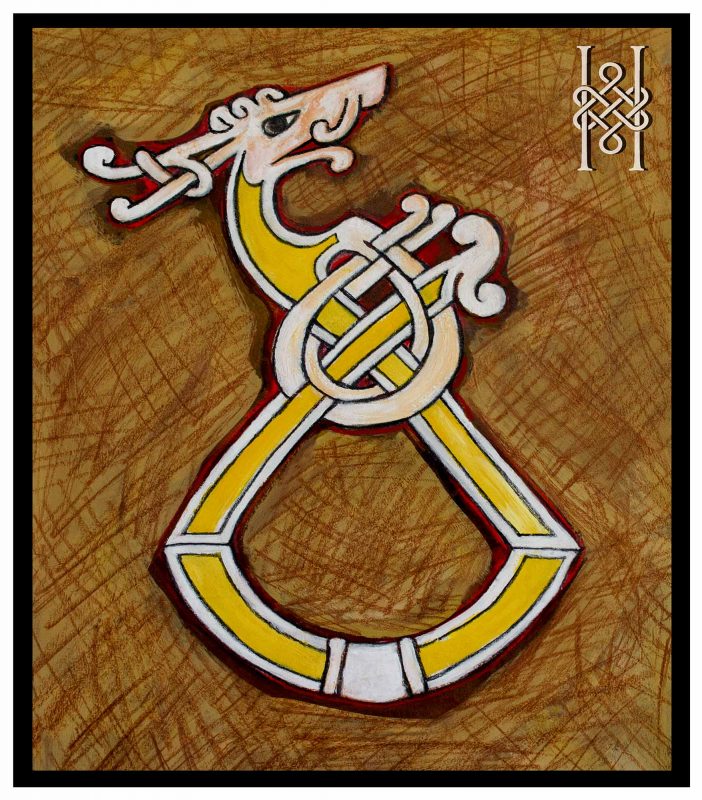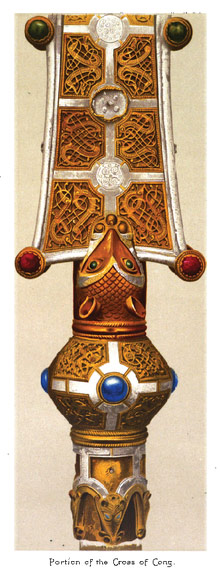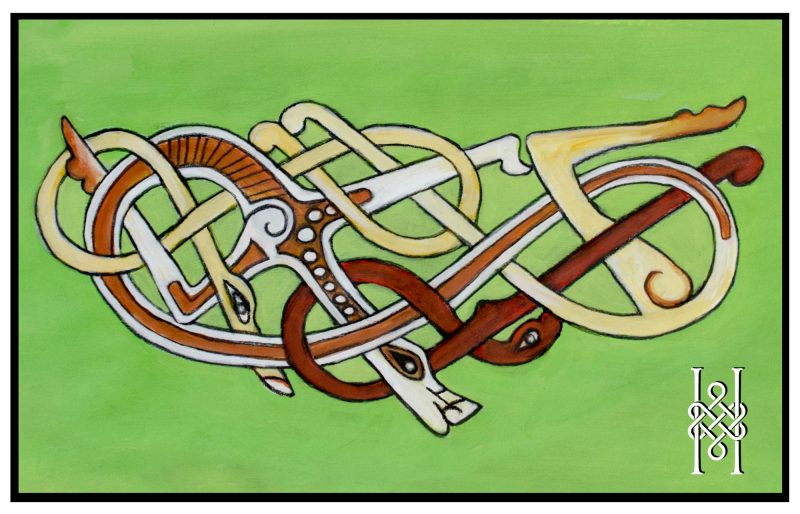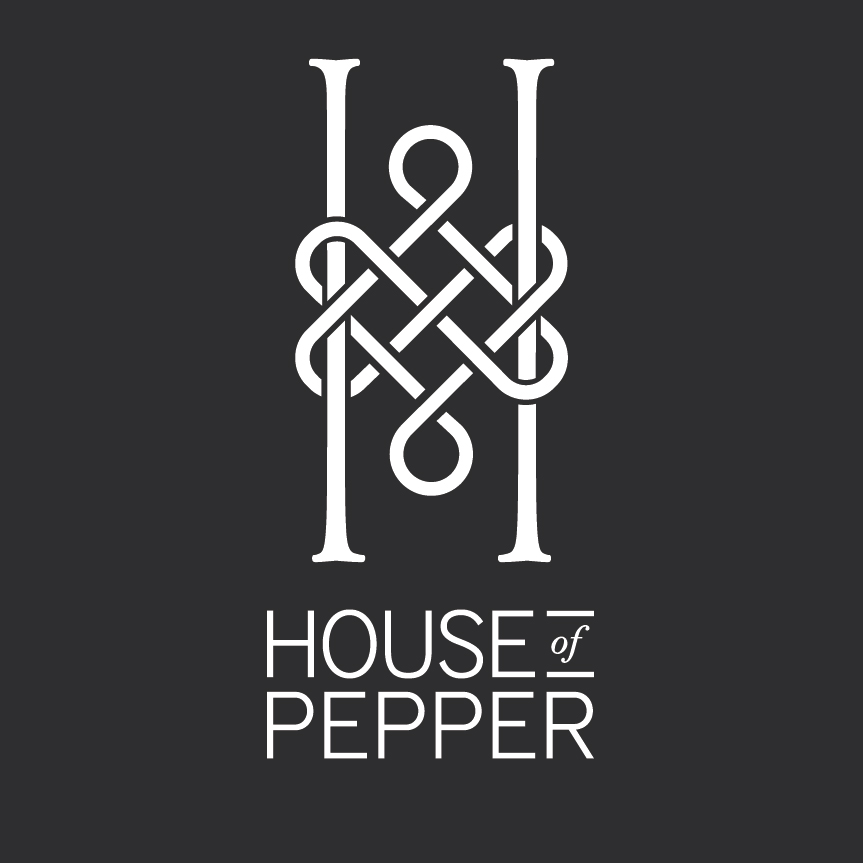In this post I have added two Viking beast design details. From these simple drawings the different Viking styles reveal that the secular style in the Book of Kells was influenced by Viking art. Some of the features like interlacing and the zoomorphic characteristics can be seen. The animals that could not be identified were often referred to as beasts.
Mystery Beast Initial
This is a decorated letter taken from the Winchcombe Psalter showing a mystery Viking animal or beast.

Viking style animal as a decorative initial
It could be a Viking dog or wolf but there are no teeth, and the muzzle does not extend. The style of top knot with a cluster of scrolls is usually drawn like this for birds as a comb but there is no beak. The mouth is open and there are no spirals on the hip joints as would appear in the later Mammen stage. This could be the third stage of Viking art known as the Jellings stage between 880 AD and 1000 AD. Some of the animals were like monsters or wingless dragons and became known as beasts.
This Mystery Animal letter is a decorated initial. It is found at the start of a line of script in the Winchcombe Psalter. The Psalter, which is a book of Psalms, was written in Latin with an Old English translation in alternating lines. The writing is in black and red ink. It is kept at the Cambridge University Library and is regarded by Elizabeth Wright (author or the online catalogue) as a significant work of art from the late Anglo-Saxon period, although not quite as artistically sublime as the Book of Kells. The decorated manuscript initials include animal and human forms in surprising patterns often surrounded by foliage frames of acanthus leaves. Sometimes there are interlinear glosses or notes written near the words which adds a charming personal touch. Corrections or markers like this are also found in the Book of Kells folio pages.
Viking Beast Design from the Cross of Cong

Cross of Cong detail showing Celtic interlacing

Viking Beasts filigree design from Cross of Cong
The Cross of Cong displays Viking, Romanesque and Celtic influences and is an elaborate and supreme example of Irish metalwork from the 12th century. The working technique includes golden minute filigree work in an astounding and beautiful curvilinear pattern. There are, or were, precious stones and glass in the original design with enamel work and a rock crystal in the centre of the Cross. The superb Cross of Cong was a Christian ornamental processional cross which was carried mounted on a staff and held high.
In this small sample in isolation taken from the Cross of Cong the love of swirling curves and patterns can be seen. A drawing is not the same as glistening golden filigree metalwork but some of the detail and complex design can be seen.
The three animals have ribbon like bodies interlaced with each other. The white circles and diagonal lines on the central beast seem to be from the Urnes stage, or sixth stage of Viking art. The hip joint is marked with a spiral and the round eye has become almond shaped. The feet could be an evolution of the plant leaves of the Mammen stage and the decorative balance and motion in the design is alive with life. The Cross of Cong is one of the finest ornamental examples of Irish metalwork in the decorative arts of this period in Western Europe.
These essays are copyrighted as is my original artwork. Pages and script can be printed and used for education purposes.
